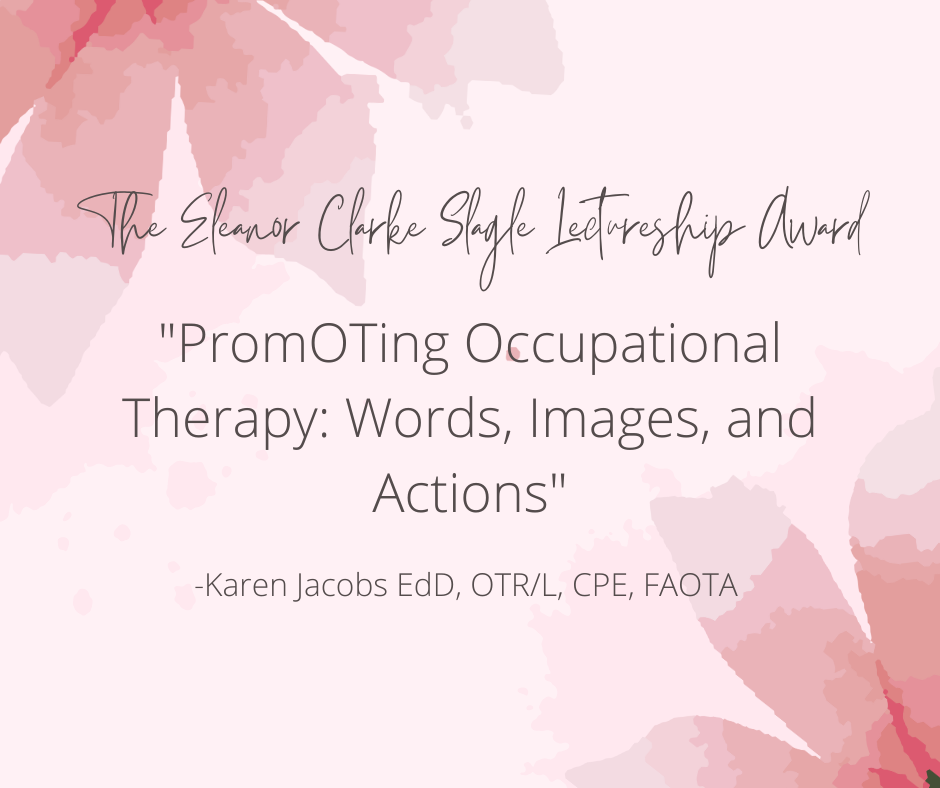Neuro Note 2: Emilia Clarke's Story
Retrieved from: https://www.newyorker.com/culture/personal-history/emilia-clarke-a-battle-for-my-life-brain-aneurysm-surgery-game-of-thrones?source=EDT_NYR_EDIT_NEWSLETTER_0_imagenewsletter_Daily_ZZ&utm_campaign=aud-dev&utm_source=nl&utm_brand=tny&utm_mailing=TNY_Daily_123119_TopTen&utm_medium=email&bxid=5c323320639ec86e604a6ea6&cndid=48059106&esrc=&mbid=&utm_term=TNY_Daily
As a fan of "Game of Thrones," I have always kept up with the actors and actresses and their personal lives. My favorite is watching them play roles in different TV series or movies and wondering how versatile they can be. Daenerys Targaryen was one of the main characters in the show that always stuck out to me to the point where I fell in love with the actress and her acting. Later on, I realized she was the same actress that played Louisa Clark in one of my favorite romance classics, "Me Before You." Emilia Clarke is a successful actress and executed her roles beautifully, but she had been hiding a secret from the public ever since her career had taken off. A few years ago, Clarke went public about her battles with her aneurysms and how she was diagnosed with a subarachnoid hemorrhage (SAH), which is a life-threatening stroke that is caused by bleeding into the surrounding space of the brain. What stood out to me about her experience was that she was 24 at the time, which is currently how old I am. To put things into perspective, her experience made me realize it could simply happen to anyone at any time.
Throughout the article, Clarke went into detail about her experiences before the first major aneurysm that led her to brain surgery. Before this happened, she always considered herself a healthy individual with occasional lightheadedness, low blood pressure, and low heart rate. When she was younger, she would have occasional migraines that kept her in bed for a couple of days and sometimes in class, she would collapse. She always considered these symptoms of ongoing stress in her life and never expected to consider them warning signs of what was to come in the future. She always started her mornings off at the gym, however, on the day of her aneurysm, she felt a bad headache coming on and also felt very fatigued to the point she could not even get her shoes on. Clarke thought she could get through our workout until her head began to hurt so bad she felt like an elastic band was squeezing her brain. She became so ill and felt a more violent stabbing, shooting, constricting pain. Once she made it to the emergency room, she was sent to an urgent brain surgery. As we talked about in class, Clarke had surgery that included a wire going up one of her femoral arteries in the groin area, and it made its way around the heart and to the brain to seal off the aneurysm. As long as she passed the two-week crucial mark after surgery, she would have a chance of a good recovery. While Clarke was doing some cognitive exercises, she couldn't speak as nothing coming out of her mouth was making sense. She was asked to repeat her name and as she knew the answer, she simply couldn't say it. Instead, whatever came out of her mouth was just gibberish. Another condition we learned in class, known as aphasia, was a consequence Clarke suffered after her first surgery and was sent back to the ICU to let the aphasia pass after a week. Clarke did have another aneurysm that doubled in size, which also led to another surgery, however, it failed the first time as she had a massive bleed and was sent to an open skull surgery in order to access the brain. The recovery from that surgery was a bit more timely but after some time, she fully reached a 100% recovery.
Ever since Emilia Clarke opened up about her struggles in her health journey, it always put me in perspective on how a young, healthy, woman had her life flash right before her eyes. Reading this article and her exact thoughts and emotions helped me picture what she was going through at that time. We have been learning about different types of brain surgeries for different conditions in our Neuro Aspects class and I was happy to see how Clarke went through the surgery from the femoral artery since that was one of the important surgeries we covered. It was also fascinating to read about her obstacles with aphasia as we have learned about that condition but never understood what it's like to have the condition. Luckily for Clarke, she had quite the recovery and I'm thankful that her recovery led to her sharing her story. This article is a great read to learn more about brain aneurysms and SAD as well as to see it from an affected person's point of view. As powerful as her character is in GoT, her princess duties continue to serve in real life as she now has a charity with partners from the UK and USA called SameYou which helps provide treatment for people recovering from brain injuries and stories, similar to what Clarke went through herself.
Resources:
Clarke, E. (2019, March 21). A battle for my life. The New Yorker. https://www.newyorker.com/culture/personal-history/emilia-clarke-a-battle-for-my-life-brain-aneurysm-surgery-game-of-thrones?source=EDT_NYR_EDIT_NEWSLETTER_0_imagenewsletter_Daily_ZZ&utm_campaign=aud-dev&utm_source=nl&utm_brand=tny&utm_mailing=TNY_Daily_123119_TopTen&utm_medium=email&bxid=5c323320639ec86e604a6ea6&cndid=48059106&esrc=&mbid=&utm_term=TNY_Daily




Comments
Post a Comment